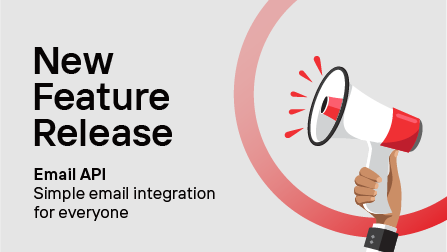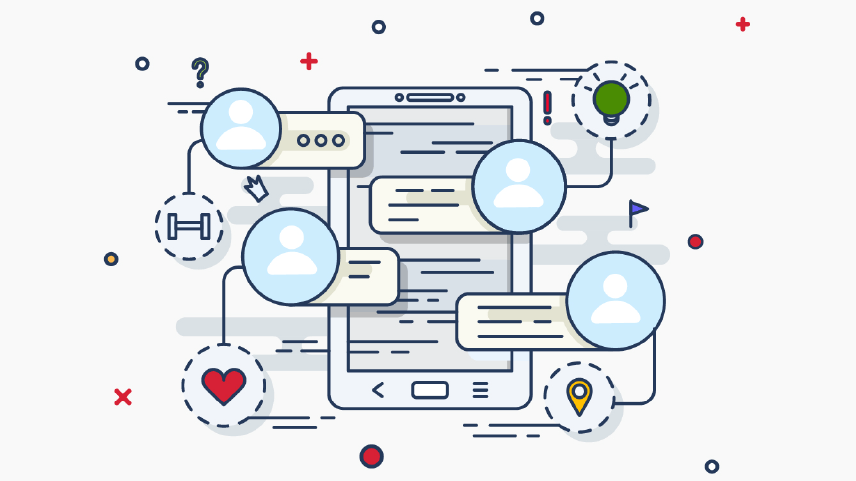Chatbots were the first inkling of Artificial Intelligence, driving decades of science fiction inspiration. Today, chatbots are a part of the digital landscape, streamlining support communications and answering questions. Essentially, chatbots are simply computer programs that talk like people. Entirely digital, these bots usually use written speech to gather information, answer questions and handle basic, Tier 1 support issues.
Customer service and tech support are two industries that are paving the way with automation using chatbots. When implemented well, this technology represents a significant cost savings for businesses, making it a technology that is likely to be deployed across even more industries as it matures.
A Brief History of the Chatbot
- From Turing's first question as to the possibility of machine thought comes today's increasingly complex chatbot technology. Arguably the first chatbot, ELIZA hit conversations in 1966, and from that failure, developers have learned and grown, right along with the technology that supports the creation of Artificial Intelligence (AI). As computing power has grown, so have chatbots, until Apple first introduced one of the most recognizable bots out there today--Siri. Quickly following on the heels of a company known for innovation came Google Now, Alexa and Cortana. All of these bots incorporate voice recognition and responses.
- Today, the bot market is valued at more than $250 million, and projected to grow rapidly. What powers that growth is the ubiquitous adoption of chatbots, most of which use text-based communications. The 2016 introduction of bots to Facebook Messenger opened the door to the more than 300,000 chatbots that are in use today.
Behind the Curtains: Directed or AI-Powered Bots
- Two basic types of bots are already on the front lines interacting with
 consumers--directed bots and AI-powered versions. With directed bots, the software simply pulls answers from a database, using keywords to attempt to solve queries. It can't learn and can only provide canned answers. For simple and repetitive tasks like handling a return request or providing tracking information, these bots are invaluable.
consumers--directed bots and AI-powered versions. With directed bots, the software simply pulls answers from a database, using keywords to attempt to solve queries. It can't learn and can only provide canned answers. For simple and repetitive tasks like handling a return request or providing tracking information, these bots are invaluable.
- When interactions become more complex, AI-powered bots might be a better option. They can learn, offer more flexible answers and respond to ambiguous queries. A customer might handle a multi-part question or get help making a buying decision that goes beyond a simple yes/no decision tree. Of course, AI powered bots are still more expensive to build. Drag and drop interfaces have helped drive down the cost of direct bot development, bringing them to a wider market.
- Follow Us On Twitter
Better Bots for Better Marketing
- Currently, 43 percent of the chatbot market is devoted to customer service experiences. From handling customer complaints to standardized requests like adding or canceling a service, chatbots take over and add an element of guided self-service to customer interactions. Now, increasingly sophisticated chatbots are also making their way into the marketing landscape. Messaging apps are the new paradigm that consumers use to communicate. Messaging apps boast a staggering 5 billion active monthly users, and these apps are out performing social media. Connecting with consumers through their preferred lines of communication has always been a top marketing goal, and chatbots are making that easier and more personalized than ever.
- Sephora is a great example of what a marketing chatbot can do for a business. Their messaging bot successfully boosted their average purchase up to $50, and boosted in-store bookings by 11 percent. When used well, bots can perform specific functions more quickly than humans, and that means a happier consumer.
How to Integrate Bots for the Everyday Business
- Customer service makes up the largest part of the current chatbot market, but the bots of the future will expand into marketing that fills a need. In a messaging app, consumers can use bots to do everything from book a restaurant reservation to ordering an Uber, and all without leaving the app. That means a bot can streamline these processes, so friends can make plans seamlessly. That type of utility is where messaging chatbots excel.
- When a user starts a conversation with a bot, the bot can ask a few questions to gather information about what's needed, and then present options. For example, someone looking for a clothing item might use the chatbot of a specific brand, describe the item, mention the needed size and select a color. The bot will then filter through the entire catalog to present possibilities. By accessing stored customer data, bots can even reference prior transactions to personalize the sale. Remember your last clothing purchase? A bot will remember your size, and may even start building a fashion profile based on your browsing history and purchases. These are just a few of the ways in which chatbots can act as a marketing and salesperson.
Chatbots Deliver Results.. Know More


